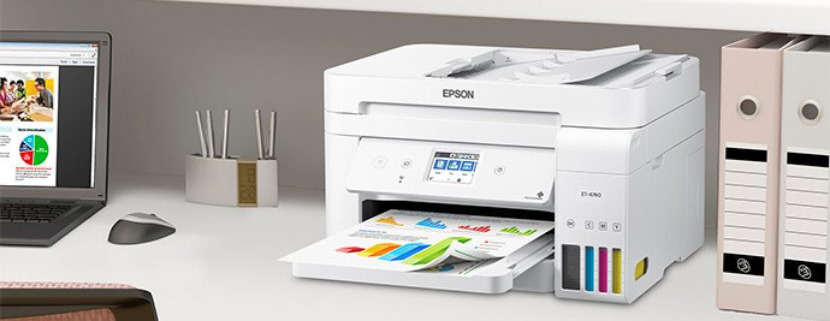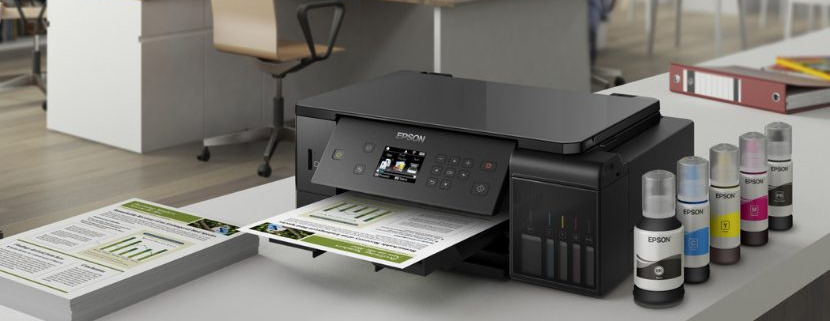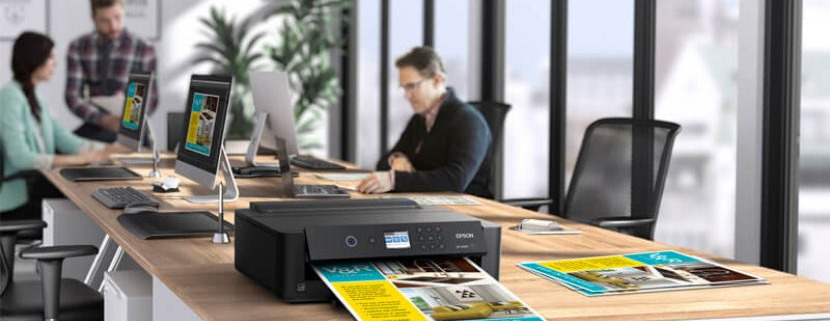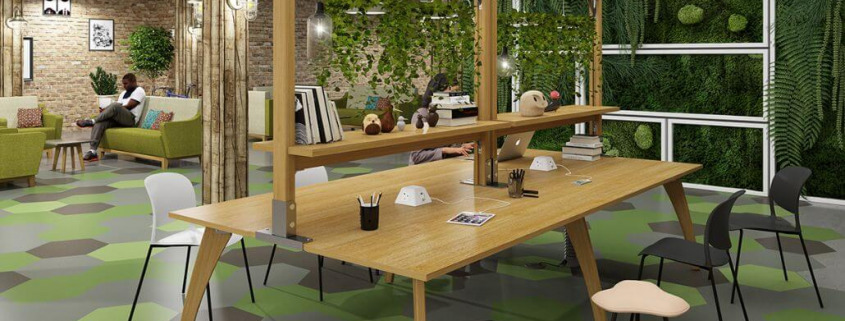How your office layout can reduce your carbon footprint?
How can your office layout reduce your carbon footprint?
A carbon footprint measures greenhouse gases that are released from carrying out activities and can be applied to a business. Greenhouse gases (GHG) slot into two compartments, those that occur naturally and those that are produced from human activities.
- Natural gases include carbon dioxide, methane, nitrous oxide and water vapour
- Synthetic gases include fluorinated gases that are produced from human activities

When greenhouse gases are released, they are harmful to the environment as they trap heat under the Earth’s atmosphere, also known as the ‘greenhouse effect’. This can result in global warming and climate change which can be detrimental to our ecosystems and environment.
By reducing our carbon footprint, we can help reverse these effects and push towards a healthier planet with cleaner air and brighter skies and it can also do wonders for your pocket.
To launch a practical plan on how to reduce the carbon emissions of your business, you need to first understand the key contributors to GHG emissions.
What are the main contributors to GHG emissions in an office?
An ambitious strategy to reduce your carbon footprint starts with identifying tangible contributors to GHG emissions, such as equipment and furniture and non-tangible elements, such as procurement strategies and office layout. Reviewing your supply chain can help identify responsible suppliers that believe in upholding sustainable standards and make informed business decisions based on environmental and social impact.
The main considerations of GHG emissions in an office include:
Energy consumption – The burning of fossil fuels to generate energy is often the largest cost for a business after rent or mortgage payments. The average commercial building will consume energy to operate systems, such as:
- Lighting
- Ventilation
- Hot water
- Heating
- Fixed appliances (fridge, kitchen hob, dishwasher) and portable appliances (kettle, fan, computers)
As UK inflation rises to a 30-year record high, squeezing the cost of living, UK businesses are battling an unprecedented energy crisis as energy bills surged following Ofgem’s £693 price cap increase. In addition to reducing your carbon footprint, it is in the best financial interests of your business to reduce energy usage as this could otherwise create serious cash flow problems.
Supply chain – The suppliers that you choose will contribute to your overall carbon footprint, from the fumes generated from delivering a product to your office, to the materials sourced to produce office furniture. The frequency of orders placed is also relevant and it’s good to plan ahead and order once or twice a month if you can instead of weekly.

Office maintenance – The use of long term cleaning solutions, recycling waste, using heat free printers and regularly servicing equipment within the office can all help to reduce the carbon footprint of your business.
Although you may not be able to completely phase out practices that generate GHG emissions entirely, there are paths that you may be able to take to reduce carbon dioxide output and offset emissions, such as using cleaner energy sources and supporting carbon offset charities.
How to reduce carbon footprint by reviewing your office layout
Businesses are urged to reduce their carbon footprint by making responsible decisions when operating office space. This may include reviewing how floorspace is used or checking for sustainability in supply chains.
Here are some top tips on how to structure your office floor plan to reduce carbon footprint:
Heat exposure – By positioning heat sources to maximise heat exposure, you will use less energy, reduce heating bills and drive down carbon emissions. Radiators should be positioned in the coldest spot in the room, such as under a window. Heat sources will determine how the office layout is structured to ensure that heat travels, rather than being trapped, such as behind furniture. Choosing from a variety of radiator styles and materials can also increase heat output and heat flow.
Heating controls – You can substantially reduce energy consumption by better regulating office temperature and setting a minimum and maximum temperatures, this ensures the office doesn’t overheat or underheat. Personal heaters are highly inefficient and can also contribute to irregular hot spots in the office, so workplaces should control their usage or even consider their removal.
Power usage – Encourage behavioural changes to reduce power usage and mitigate the settings of office technology to eliminate the unnecessary and inefficient use of energy. The message is simple – ‘switch it off’ as you leave the office.

Floorspace use – Recognise that larger offices require more energy and therefore, you must review opportunities to ensure that office space is used efficiently. You can do this by asking teams to re-double their efforts to reduce storage and maximise the use of floorspace. Alternatively, if you feel you need to downsize your office, you could look to rent some office space instead.
The opportunities will vary based on the set-up of your office, although the message will remain the same – to make every decision with reducing your carbon footprint in mind. Every small change can result in downsizing your carbon footprint, and therefore, cutting the damaging effect of greenhouse gases on the planet.
For further information click here or email us at hello@quillsuk.co.uk



































